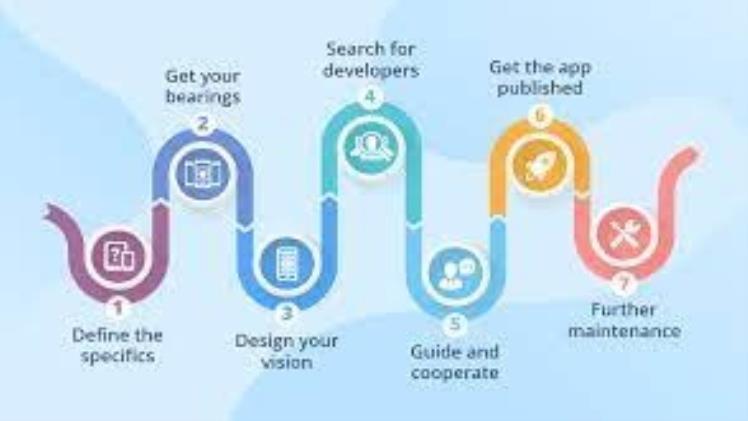How To Effectively Integrate Automation In Your Business Gradually?

Automation is rapidly becoming part of many industries as it has helped millions of companies improve their bottom line. Automation integrates technology into business that not only reduces the workforce but also contributes towards better yield. From improved customer satisfaction to better organization of the warehouses, and maintaining business outcomes, technology has helped many businesses improve themselves.
If you want to integrate technology into your business and ensure that the process goes smoothly and the transition is successful, then here are some effective tips that you can follow.
01. Strategic Planning And Assessment
The foundation of successful automation integration lies in a thorough examination of existing business processes. You should conduct a meticulous assessment to identify tasks and workflows that are ripe for automation.
Moreover, you should develop a strategic plan that clearly defines objectives and aligns automation efforts with overarching business goals. This initial step is pivotal for understanding where automation can bring about the most substantial impact and ensure a seamless integration process.
02. Invest In The Right Technology
The selection of appropriate automation tools and technologies is a critical determinant of success. Invest in solutions that are tailored to meet your specific business needs and objectives.
Opt for robust, scalable technologies that can adapt to the evolving demands of your organization. Whether automating repetitive tasks, streamlining communication, or optimizing data management, the right technology is crucial for a successful and sustainable integration.
03. Employee Training And Involvement
The human element is integral to the success of automation. Ensure that your workforce is equipped with the necessary skills to collaborate effectively with automated systems. Implement comprehensive training programs such as plc training to teach your employees about handling management software and other such courses to familiarize employees with new technologies, emphasizing the symbiotic relationship between humans and automation.
Involving employees in the integration process not only facilitates a smoother transition but also fosters a positive attitude towards automation, positioning it as a tool to enhance productivity rather than a threat to job roles.
04. Start With Small, High-Impact Projects
Begin the automation journey with small, manageable projects that promise quick wins and tangible benefits. Initiating automation on a smaller scale allows your team to adapt gradually and build confidence in the process.
As successes accumulate, support for more extensive automation initiatives grows across various departments, creating a ripple effect of efficiency gains.
05. Continuous Monitoring And Optimization
Automation is an ongoing process that requires vigilant monitoring and optimization. Regularly assess the performance of automated processes, identifying bottlenecks or areas for improvement.
Implement adjustments to ensure that automation remains aligned with business goals and evolves with the changing landscape. A proactive and responsive approach is key to maximizing the benefits of automation over the long term.
06. Embrace A Culture Of Innovation
Cultivate an organizational culture that encourages innovation and embraces the transformative potential of automation. Motivate employees to contribute ideas for process improvement and automation opportunities.
A culture of innovation not only supports successful integration but also positions your business to adapt to future advancements in automation technology, staying ahead in an ever-evolving business environment.





